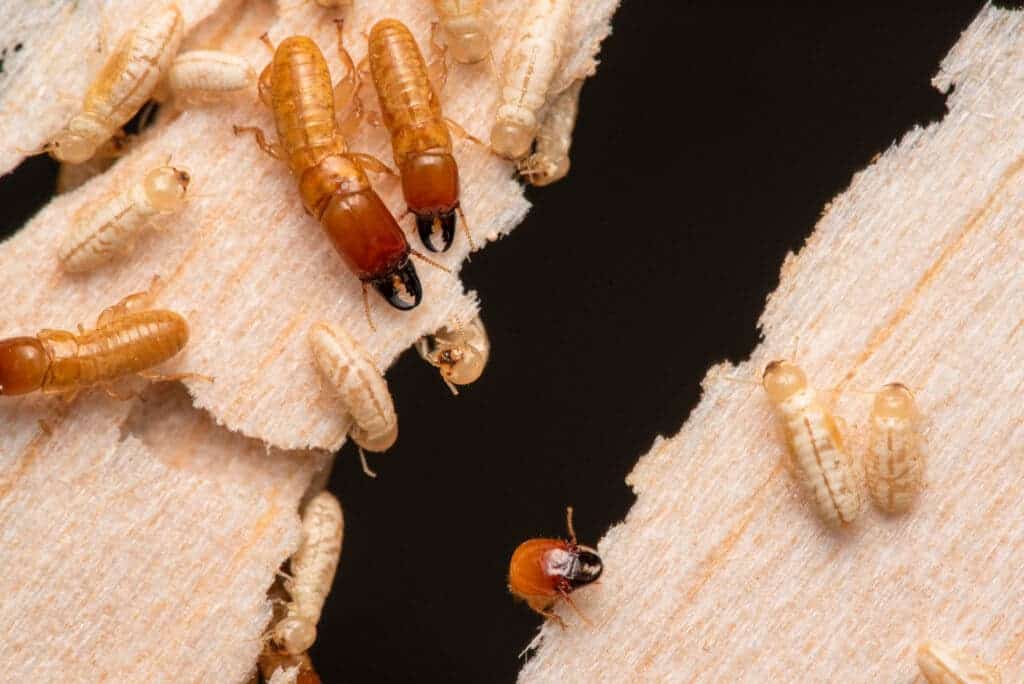The drywood termite family (Kalotermitidae) has successfully crossed the ocean at least 40 times in the last 50 million years, according to a new study. Researchers mapped out the natural history of drywood termites and found they have carried out a series of oceanic voyages in pieces of wood that act like tiny ships, accelerating the evolution of their diversity.

Termites, with over 2,700 species, can be found all around the world, reaching their greatest abundance in numbers and species in tropical rainforests. Some form large colonies with millions of individuals and live in tunnels, while others, including drywood termites, form smaller colonies of fewer than 5,000 individuals, and live mainly in wood material.
In their study, researchers at the Okinawa Institute of Science and Technology Graduate University (OIST), alongside a network of collaborators from across the world, wanted to further understand the evolution of drywood termites. Until now, there was very little molecular data on the family, the researchers argued.
“Drywood termites, or Kalotermitidae, are often thought of as primitive because they split from other termites quite early, around 100 million years ago, and because they appear to form smaller colonies,” Aleš Buček, a researcher at OIST and lead author of the study, said in a statement. “But very little is actually known about this family.”
Ocean voyages
The researchers collected hundreds of drywood termite samples from around the world over a time span of three decades. From this impressive collection, they selected 120 species, which represent 27% of the diversity of Kalotermitidae, giving them plenty of information to study the termite family.
The samples were taken to OIST, where the DNA was isolated and sequenced. The researchers compared the data from the different species and built a family tree of the drywood termites. The earliest common ancestor lived 84 million years ago, meaning the first divisions in the family tree happened before Gondwana finished breaking up.
However, most of the splits happened less than 50 million years ago, which means the termites were traveling across the sea – more recently helped by human voyages. In fact, drywood termites made more oceanic trips than any other family of termites, crossing the ocean at least 40 times and traveling as far as South America to Africa.
Most of the genera originated in Southern America and then dispersed from there, the researchers argued. The study also questioned a previous assumption that drywood termites have a primitive lifestyle. This isn’t the case for species in the oldest lineages in the family. In fact, they can create colonies across pieces of wood connected by tunnels.
“This study only goes to highlight how little we know about termites, the diversity of their lifestyles, and the scale of their social lives,” Tom Bourguignon, senior author of the study, said in a statement. “As more information is gathered about their behavior and ecology, we’ll be able to use this family tree to find out more about the evolution of sociality in insects.”
The study was published in the journal Molecular Biology and Evolution.


